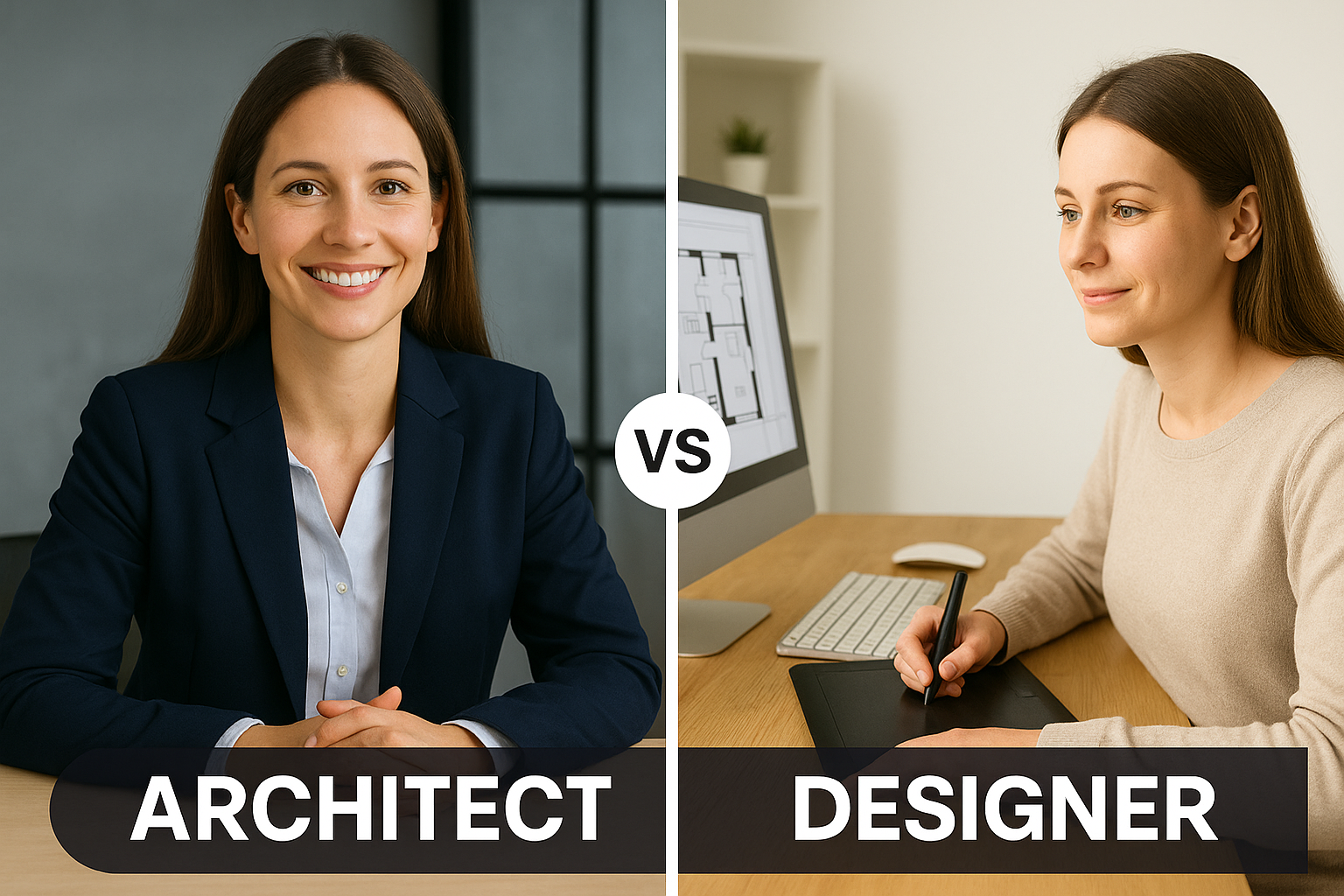archic news
Sharing Ideas
Insights & Resources
Explore practical guidance, industry updates, and expert perspectives on architecture, permitting, and construction. From accessibility requirements and permitting timelines to design tips and cost considerations, this information is designed to help business owners, franchise operators, and developers make informed decisions at every stage of their project.

When starting a construction or renovation project, one of the first questions people ask is: “Do I really need an architect?” It’s a fair question - especially when budgets are tight and timelines matter. The short answer: in most commercial projects, yes. But even when it’s not legally required, hiring an architect can save time, money, and stress. When an Architect Is Required Many jurisdictions require architectural drawings for: Commercial tenant improvements New construction Structural changes Accessibility upgrades Projects exceeding a certain square footage or complexity Without stamped drawings from a licensed architect, you may not even be able to submit for a building permit. The Value an Architect Adds Even beyond what’s required by code, an architect brings key advantages: 1. Code Knowledge & Compliance Building codes, accessibility requirements, and zoning laws are complex. We ensure your project is compliant from day one, preventing costly redesigns or delays. 2. Design That Works Architects combine creativity and functionality—balancing aesthetics, brand identity, and efficient use of space. 3. Problem-Solving Unexpected site conditions, permit comments, or contractor questions are inevitable. An architect provides solutions that keep the project moving. 4. Project Coordination From engineers to contractors to city reviewers, architects coordinate the entire team, saving you from playing middleman. 5. Long-Term Value A well-designed space isn’t just about construction—it’s about return on investment. Good design improves flow, efficiency, customer experience, and even property value. When You Might Not Need an Architect Smaller residential projects or cosmetic updates (like flooring, paint, or fixtures) may not require an architect. Some jurisdictions allow engineers or designers to prepare limited drawings. But once structural changes, life safety, or code compliance come into play, an architect is the right choice. Final Thoughts Hiring an architect is more than checking a box for permits—it’s investing in the success of your project. At CommercialArch, we guide clients from first sketch to final walkthrough, ensuring projects are beautiful, functional, compliant, and built to last. So, do you really need an architect? For most projects—the answer is yes.

If you’re planning a new build, remodel, or tenant improvement, one of the first hurdles you’ll face is obtaining a building permit. The process can feel overwhelming - especially if you’ve never gone through it before. At CommercialArch, we help clients navigate permitting every day, and while each jurisdiction has its own requirements, the overall process typically follows the same steps. 1. Determine If You Need a Permit Not every project requires one, but most commercial and many residential projects do. Permits are needed for: New construction Tenant improvements Structural modifications Plumbing, mechanical, and electrical upgrades Accessibility compliance work Starting with an architect ensures you know upfront whether a permit is required. 2. Preliminary Research and Code Review Before drawing a single line, we research the local zoning regulations, building codes, and agency requirements. This prevents costly surprises later and ensures the project is feasible. 3. Prepare Architectural Drawings Permit sets typically include: Floor plans and elevations Structural details Mechanical, electrical, and plumbing layouts Accessibility and life safety information Our team coordinates with engineers and consultants to make sure everything aligns. 4. Submit the Application The permit package is submitted to the local building department - either digitally or in person. The application includes: Completed forms Drawings and calculations Permit fees 5. Plan Review by the Jurisdiction City or county reviewers will check that the design complies with building codes, fire codes, accessibility standards, and zoning requirements. They may request clarifications or revisions, which is normal. 6. Respond to Comments & Revise This is often the most time-consuming stage. Our role is to quickly address comments, resubmit revised drawings, and keep communication open with the jurisdiction to avoid delays. 7. Permit Issuance Once all comments are resolved, the jurisdiction issues your building permit. This is the green light to start construction. 8. Inspections During Construction After the permit is issued, inspectors will visit the site at key points (foundation, framing, electrical, plumbing, final inspection). We help coordinate to ensure everything goes smoothly. Final Thoughts Obtaining a permit can feel like a maze, but with the right team guiding the process, it becomes manageable and efficient. At CommercialArch, we handle the details so our clients can focus on the bigger picture - bringing their vision to life.

